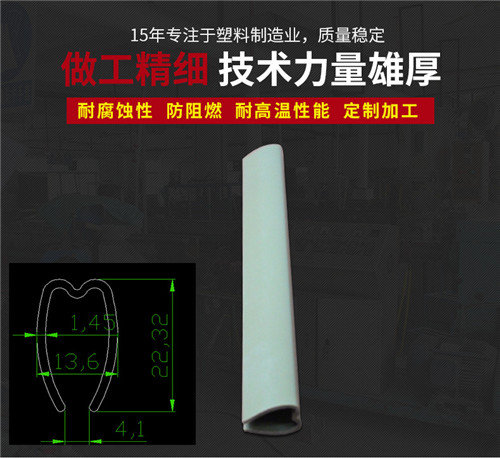
Phone Number :
07 14, 2023

Transporting liquids efficiently and effectively is critical in many industries. PVC (Polyvinyl chloride) hoses are widely used due to their durability, flexibility, and affordability. This article delves into a comprehensive research study on the hydrodynamic characteristics of PVC hoses in liquid transportation. By evaluating their fluid dynamics, this study aims to optimize the performance and reliability of PVC hoses.
Fluid flow characteristics play a crucial role in liquid transportation processes. Understanding the hydrodynamic performance of PVC hoses is paramount for ensuring the efficient transfer of liquids. The flow rate, pressure drop, and resistance of PVC hoses are key factors that significantly affect liquid transportation efficiency. This research aims to explore these characteristics to improve productivity and minimize inefficiencies.
For this study, a comprehensive experimental setup was designed and executed. Various liquids with different viscosities and flow rates were transported through PVC hoses of multiple sizes. Pressure measurements and flow rate observations were recorded at different points along the hoses to analyze hydrodynamic behavior. Additionally, computational fluid dynamics (CFD) simulations were conducted to validate the experimental results and gain further insights into the fluid dynamics of PVC hoses.
The research findings revealed several crucial hydrodynamic characteristics of PVC hoses in liquid transportation:
- Pressure drop: PVC hoses exhibited minimal pressure drop, indicating high flow efficiency.
- Flow rate: The flow rate through PVC hoses was strongly influenced by factors such as hose diameter, length, and viscosity of the transported liquid.
- Resistance: The resistance offered by PVC hoses was found to be significantly lower than hoses made from other materials, resulting in improved fluid flow and reduced energy consumption.
The implications of these findings are two-fold. Firstly, industries can benefit from the use of PVC hoses for liquid transportation, as they enable cost-effective and efficient operations. Secondly, this research enhances our understanding of PVC hose hydrodynamics, allowing for better design optimization and customization according to specific industry requirements.
In conclusion, this study on the hydrodynamic characteristics of PVC hoses in liquid transportation has provided valuable insights into their performance. By delving into the importance of hydrodynamics, the research emphasized the need to optimize flow rate, pressure drop, and resistance in PVC hoses. The findings can be utilized to improve the efficiency and effectiveness of liquid transportation processes across various industries.